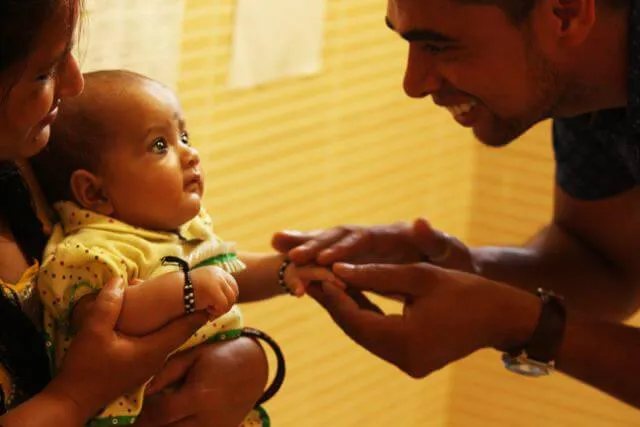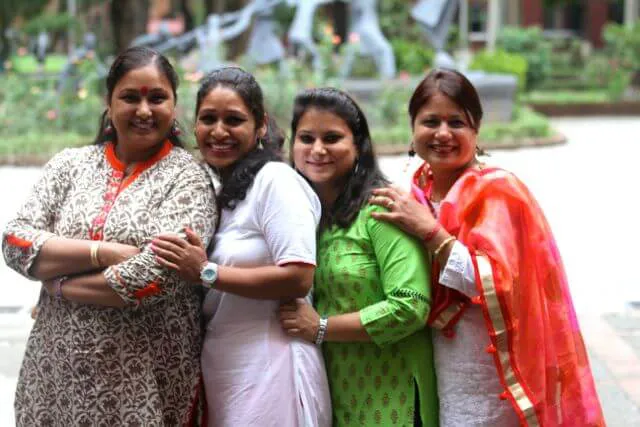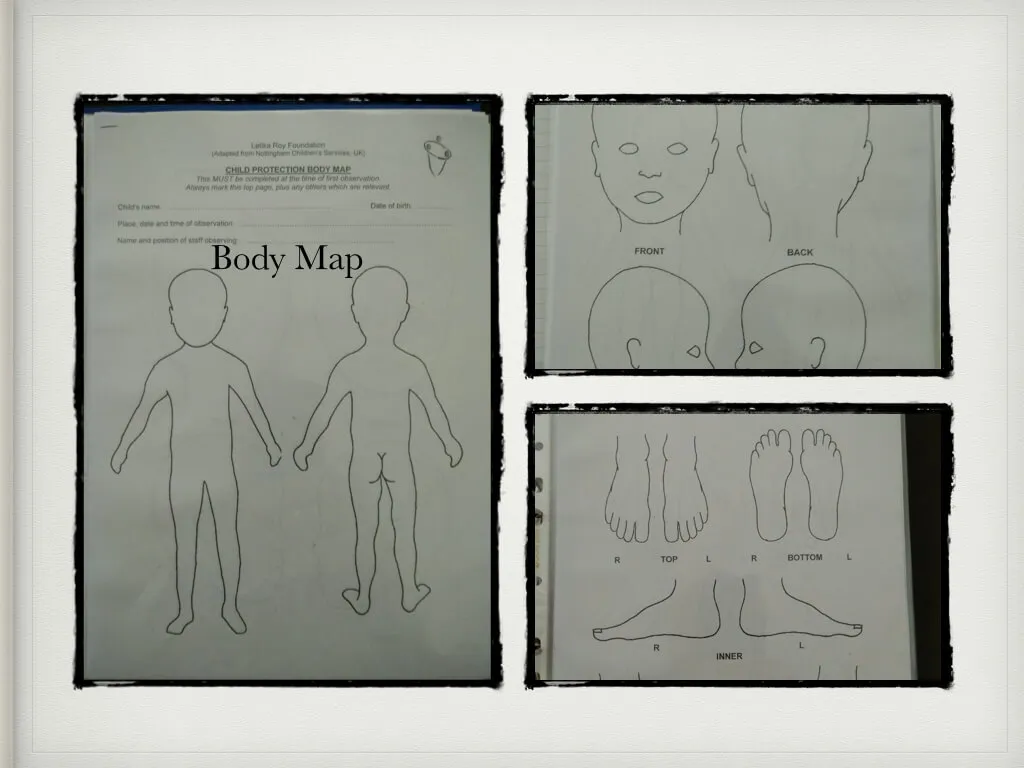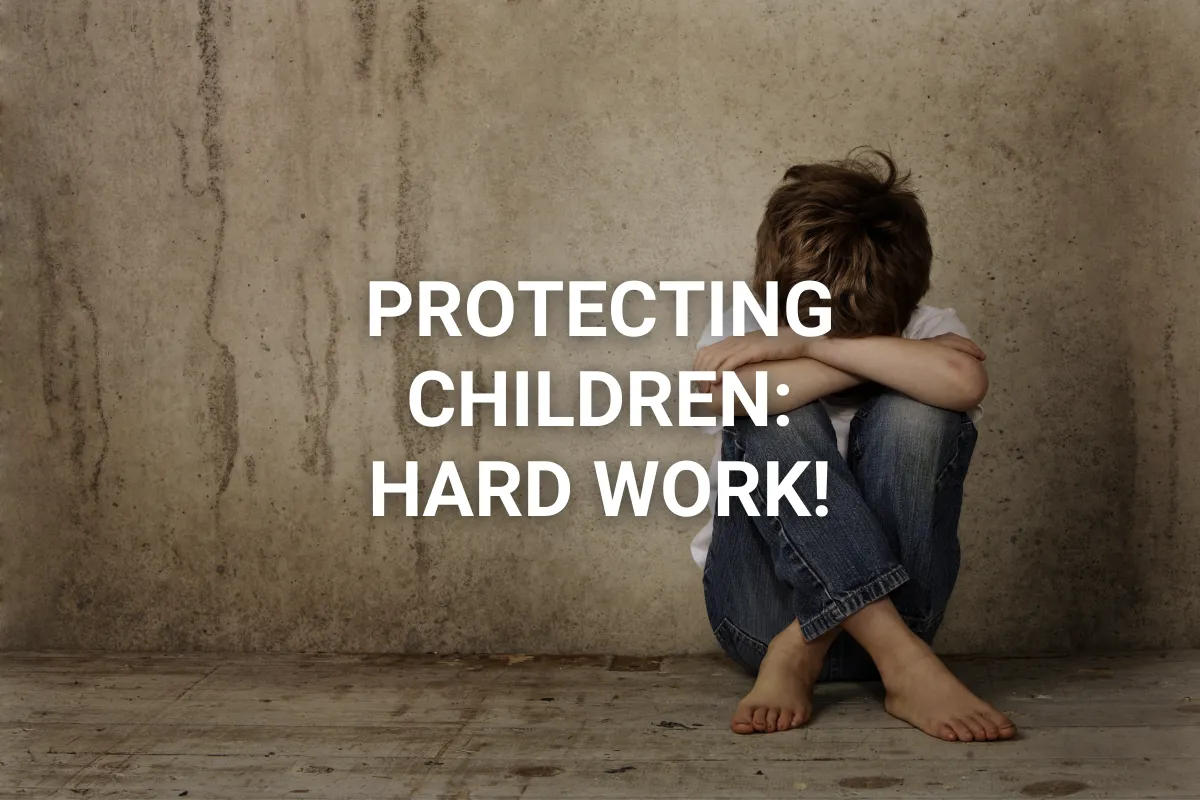This essay was originally published on the Latika Roy Foundation page and has been reprinted here with permission.
I always thought the Latika Roy Foundation‘s child protection policy covered pretty much everything. Under it, all violence – verbal or physical – is forbidden. Consequences for violating the rule are swift and severe. Because every single child is precious and fragile and unrepeatable. They depend upon the adults in their life to keep them safe and secure and it’s our job to protect them.

We are well-known in town for this. I once interviewed a woman who had worked in another organization in Dehradun which was a bit more tolerant of human frailty. She was looking for a job with us and she told me that in her old place of employment: “Everyone talks about the Latika Roy Foundation being different. Everyone knows you can’t get away with anything here.” She looked at me with an expression at once both conspiratorial and knowing. That expression should have tipped me off.
It didn’t. I gave her a job and lived to regret it.
Because our policy isn’t just about the children we pledge to protect. It is about a way of life, a guiding force, a set of values we expect everyone working here to sign up for and adhere to. And if you see it as a rule imposed from the outside and not as a way of being in the world, then it will trip you up in ways you can’t see coming because you never understood it in the first place.

Good policies help us be our best selves. Good policies recognize that everyone makes mistakes, that tempers fray, that situations get out of control. A good policy helps not only the person principally involved in whatever is happening but all the supporting actors on the sidelines as well. And, more important, a good child protection policy deals with far, far more than the specific harmful situations it exists to prevent.
So if you see it as a constraint, as a rule, to follow but not to embrace, you’re missing the point. The individual in question was one of those people who sat up straighter and looked busier when a senior staff member arrived, who talked about colleagues behind their backs and created a negative atmosphere of resentment and unhappiness.
People like that haven’t gotten the policy.
Because we protect children best when we ourselves operate in an atmosphere of respect, caring, and genuine concern for everyone‘s safety and well-being. It’s about children and vulnerable adults, yes, but it’s not only about them. It’s about ourselves, it’s about the systems we create, and much, much more.
In the last year of ‘s tenure with us, she spent a lot of time helping us develop a stronger understanding of what child protection is really all about. I think we now understand the complexity and the challenge of what we are trying to do. Every situation we’ve dealt with so far has been confusing and ambiguous. We know someone hurt a child, but we aren’t sure who. Or we do know who, but it’s a family member and that family closes ranks. Once, we thought there was something bad going on, but there was no hard evidence. Or, most distressing, a case where everybody knows and everybody approves – “How else are they going to learn?”
That’s exactly why a strong policy is so important and so useful.
First, just having it makes us more vigilant and more aware. We’ve all done the training recently and we are thinking about it constantly.
Second, we’ve learned to share concerns and worries that we used to register and then ignore. Little bumps and bruises may not indicate malicious intent, but they do tell us we need to be more careful during transfers from the van to the wheelchair or into the bathroom. They tell us we need systems in place to ensure it.
Third, when something does happen, we drop everything and address it. Immediately. The urgency we respond with is precisely in proportion to the importance we all give it. When staff and families see how quickly we act, they believe us when we say that keeping kids safe is our first priority.
Fourth, we are writing things down. For so many reasons. Memories fade quickly. We lose the details. (Where exactly on her arm did I see the bruise? How big was it? That’s why we have a “Body Map” on which staff can show visually exactly what they saw and where it was located.)

Because we only notice patterns when we record events and then compare them with each other. This is how we solve mysteries. This is how we find the answers to our problems. We have to write those problems down and then use our heads to analyze what the problems are telling us.
So for that, we have Sumita. Our Child Protection Officer, Sumita is the go-to person for everything protection-related: concerns, questions, confusions. If she doesn’t know, she’ll find out. That’s her job. She’s also in charge of doing refresher sessions on a regular basis – for everyone. Staff from the highest to the lowest; family members, volunteers, interns. New recruits (who all undergo background screening) get a special, one-on-one session.
If it seems like a lot of work, that’s because it is. Our children and our vulnerable adults are worth it.





